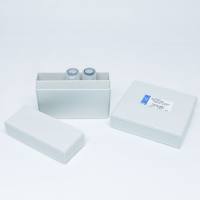Lung inflammation models in experimental animals are particularly important to study the mechanisms and complex neuroimmune interactions involved in the pathophysiological processes, to identify key mediators and target molecules, as well as to test novel drug candidates. Endotoxin (lipopolysaccharide) administration locally into the airways (intranasally or intratracheally) is often used in a variety of laboratory animals for translational research to explore nonallergic inflammatory pathways, as well as to provide information on important mediators and their potential drug targets, although these conditions are not considered to be disease models. Allergic airway inflammation and asthma can be mimicked in rodents and larger animals by sensitization and then elicitation with ovalbumin, house dust mite, cockroach, plant, or helminth antigens. Mouse, rat, and guinea pig models have the major advantage of being easily available and appropriate for genetic modulations, but larger animals (cats, dogs, pigs, sheep, horse, or even primates) are often structurally and functionally closer to human conditions. A broad range of experimental protocols and assessments are used worldwide by different research groups. Differences in technical details greatly influence the results and the conclusions. Although the basic pathophysiology is similar after certain inflammatory stimuli, the effects depend on the animal species, strains, gender and age, the type and dose of the inflammatory or allergic agent, as well as the route of administration and the duration of exposure and investigation. In the present chapter we summarize the currently used research protocols and experimental paradigms of nonallergic and allergic lung inflammation focusing on the major advantages and disadvantages.






